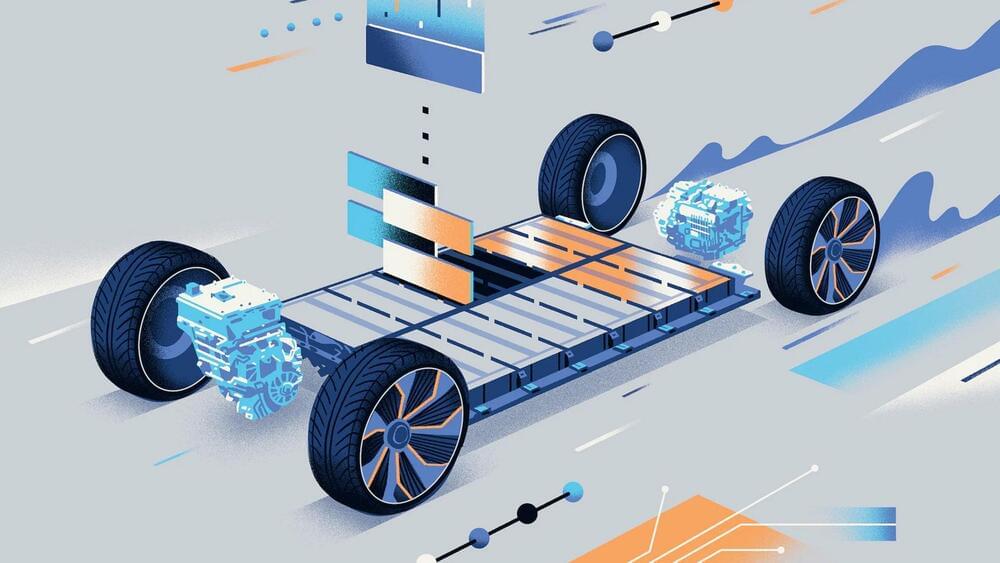NEW YORK (AP) — A major 7.8 magnitude earthquake followed by another strong quake devastated wide swaths of Turkey and Syria Monday, killing thousands of people.





Miraculously preserved in a tomb, the Derveni Papyrus is the oldest surviving Greek manuscript. What can it tell us about Greek thinking before Socrates?


The metals refining company behind the new development claims to also be eco-friendly.
Mixed hydroxide precipitate (MHP), a nickel product vital to EV battery development, is going to be produced in the U.S. for the first time by Massachusetts metals refining company Nth Cycle, according to a report by electrek.
Megan O’Connor, cofounder and CEO of Nth Cycle, said about the development: “We can economically and efficiently solve a key supply chain challenge for EV OEMs and battery manufacturers by offering MHP produced from our unique electro-extraction platform.”


